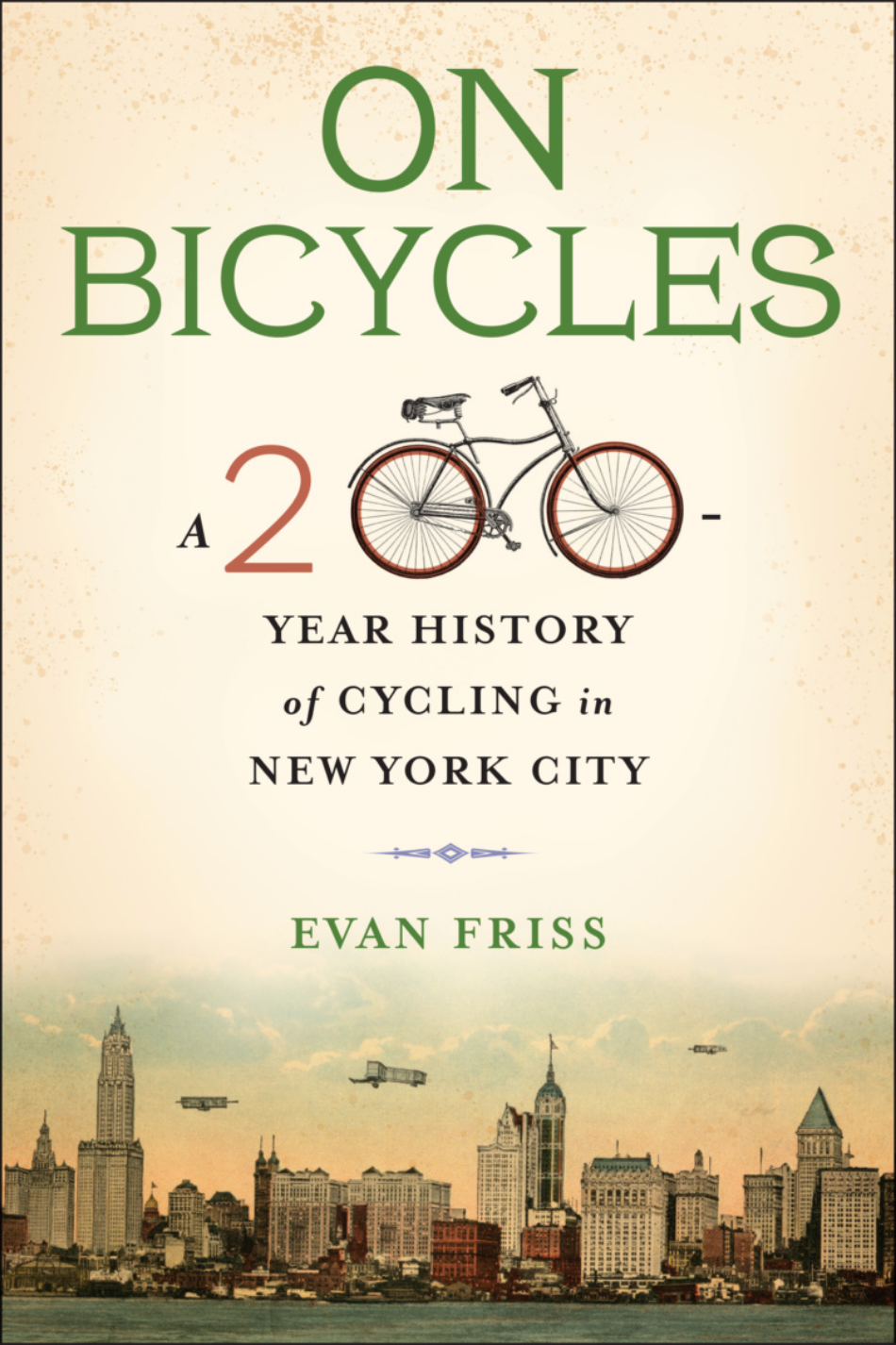Who is the Village For? The Troubled History of the Northern Dispensary
By Salonee Bhaman
The dusty red brick façade of the Northern Dispensary sports a hand-lettered sign, a throwback to a bygone era. Built in a neo-Georgian style, the triangular, three-story building occupies the entirety of its oddly shaped, now-trendy West Village block bound by Christopher Street, Grove Street, and on two sides by Waverly Place. Remarkably, given its bustling and costly surroundings, the Dispensary is empty—a shell observing a city in constant flux. Underwritten by a mixture of public and private funds, the building and the land it sits on fall under a restrictive deed requiring that the premises serve the poor and infirm. Just what that requirement means has become a question determining much of the Dispensary’s fate over the twentieth century.
Read More





